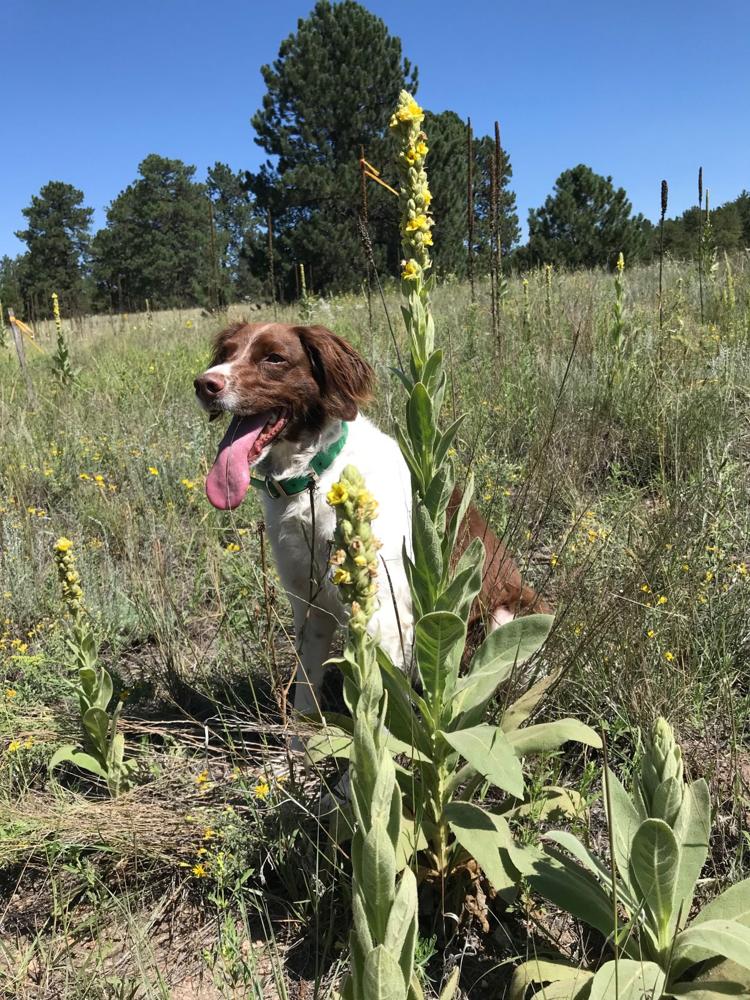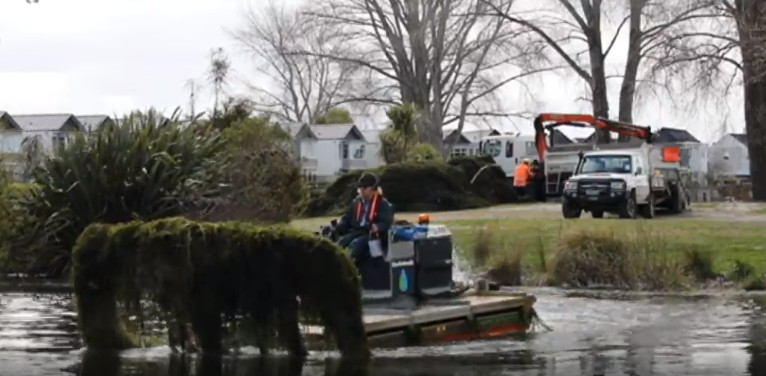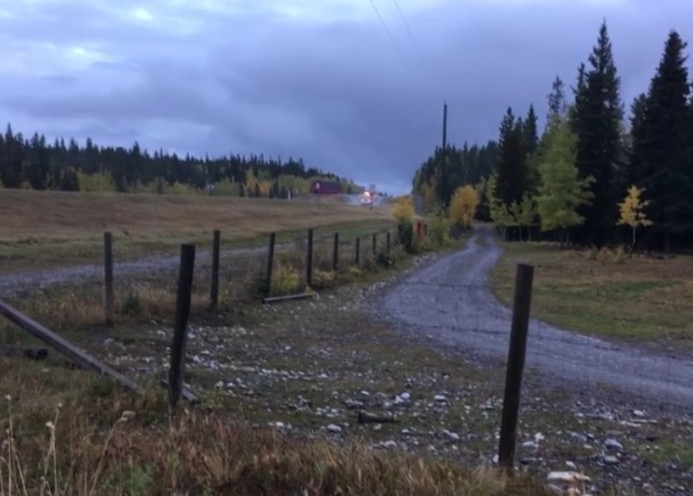Between troublesome insects, molds, rodents and invasive plants, pesticides are a part of life. There are laws in place to protect us while we use these products, such as the Federal Insecticide, Fungicide, and Rodenticide Act (FIFRA) that was enacted in 1910 as the Insecticide Act but was amended later to FIFRA.
FIFRA set up the basic U.S. pesticide regulation system that protects applicators, consumers and the environment. The Environmental Protection Agency administers and regulates FIFRA. Understanding laws surrounding pesticides may be difficult, but each pesticide has regulated uses and specific instructions called the label. The label information is the law for using that specific pesticide.
The same rules do not apply to other pesticide families or types. Even chemicals with the same active ingredient but different manufacturers can have different label requirements.
Applying the pesticide outside of the label parameters is a federal violation. Adding a little more pesticide to a mixture does not mean better control; it may kill on contact if too much is applied or the tolerant species may be susceptible at the new rates. Always read the label, calibrate your equipment and wear the specified personal protection equipment.
For more information on pesticides and programs, visit the Weed and Pest Office, CSU Extension office or the Colorado Department of Ag website.
While managing pest populations, pesticides (as their name suggests) are a valuable tool. However, over-reliance on chemicals will lead to resistance or more tolerant populations. Vary control techniques by utilizing an integrated pest management plan.
Pest control can be split into chemical, biological, mechanical and cultural controls. Chemical controls are pesticides, and biological controls are native predators that have been cleared for release by federal and state entities. Biological controls rarely eradicate a population, so your management goals will be key in selecting control type. Mechanical control can be pulling, weeding, squishing or live trapping. Check Colorado Parks and Wildlife regulations before trapping and relocating a nuisance animal.
Hand-pulling or mowing weeds are not always effective, so make sure that you identify the plant species and its biology before treating. In fact, identify all pests properly before treating. Cultural controls vary between different types of pests, but are the most important method of control. Cultural controls include, exclusion, cleaning up debris in your yard, planting natives and taking precautions to prevent infestations.
Time of year, features on your property and land use will all come into play when determining your integrated pest management plan.
Archuleta County Weed and Pest will be hosting a workshop on pesticide education this spring that will focus on proper use, calibration and environmental safety. It will be a great opportunity for both those who use pesticides and citizens with concerns.
Archuleta County Weed and Pest is your local resource for managing noxious weed populations and controlling other pests.
Source: pagosasun.com













